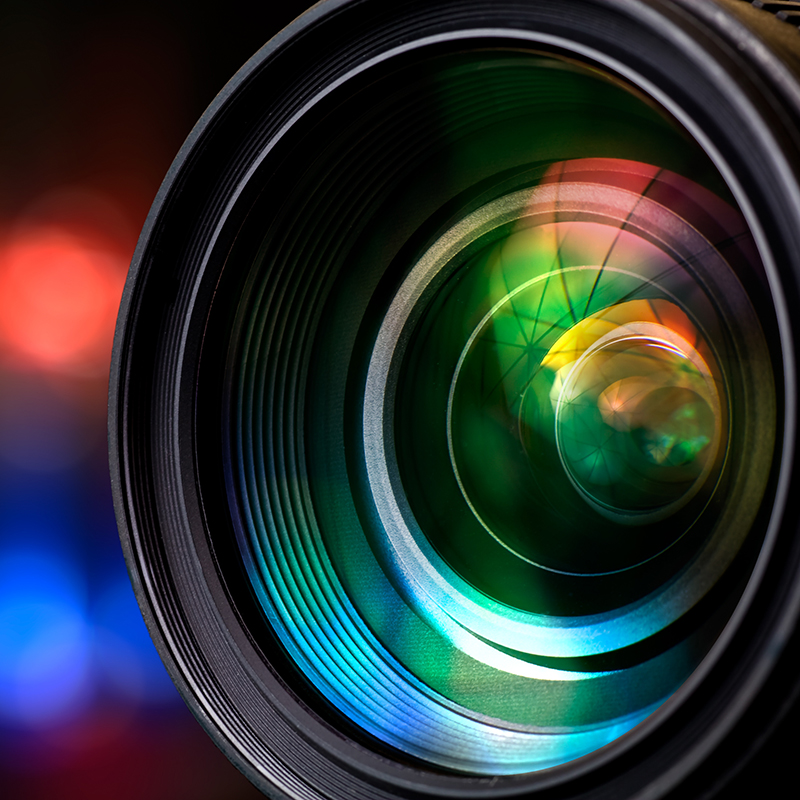Whether a bud in the ear or large over-ear headphones: as we often listen to audio on the go these days, headphones are a familiar sight on streets, in gyms, and in offices. But there is some disagreement about the exact beginnings of the small sound converters: headphone-like devices have been used since the invention of telephony. Alexander Graham Bell’s telephone, for example, featured a headset that also served as a microphone. American Nathaniel Baldwin, founder and owner of the Baldwin Radio Company in Salt Lake City, also designed a type of headphone in 1910: it consisted of two speakers and a headband and was launched by Baldwin in 1910 under the name “Baldy Phones”.
“Powerful sound image”: open electrostatic headphones
In the decades that followed, many other engineers, inventors, and manufacturers set about making and optimizing headphones to reproduce sound as naturally and directly as possible. Engineers from audio specialist Sennheiser made particular strides in the 1970s: for the first time, they brought together the principle of the open headphone with that of electrostatic transducer technology. In 1977, the company presented the Unipolar 2000 headphones. These applied high voltage to two mesh-like electrodes, which – similar to loudspeakers – caused a coated foil diaphragm to vibrate in time with the music. The result: extremely fine resolution. “Its frequency curve has a relatively deep curvature from 2 to 4 kHz. This is one of the reasons why these headphones generate an extremely spacious, detailed, transparent, airy, and nevertheless powerful sound image.” According to Sennheiser, this is what audio magazine Hifi-Stereofonie once wrote about the invention. The company has continued to refine its audio technology over recent decades and has patented it multiple times.
(Image: Icons8_team – pixabay.com)




